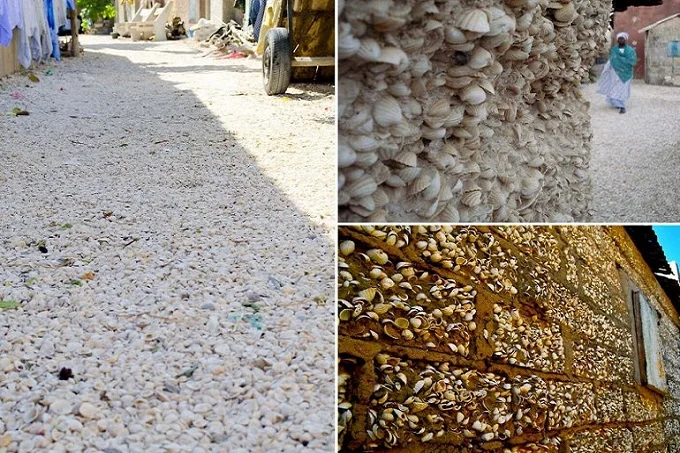Senegal’s Joal-Fadiout is a fishing community. This location is well-known for its uniqueness since the whole island is covered with shells. This is the consequence of generations of natives placing the shells in this location.
The settlement of Joal-Fadiout is split into two sections: Joal lies on the mainland, while Fadiout is on the island. A 500-meter-long wooden bridge connects the two halves. The Senegalese coast’s shallow seas and high temperatures have produced a perfect shellfish breeding habitat.
Nature and the tide progressively migrated nearer the shore over thousands of years, generating “shell fossils.” The shells penetrated even impenetrable mangrove woods.
An island of shell
“Shell Island” is another name for Joal-Fadiout. It’s barely 500 meters long, yet its residents are completely devoted to gathering and selling shellfish of all types, mostly oysters.
Some shells were also utilized to construct churches, mosques, and other structures, as well as roads and a tiny, nicely adorned local cemetery. The island’s people have developed one of the world’s most bizarre islands.
This tiny island’s population is made up of 90% Catholics and 10% Muslims who live in perfect harmony – a remarkable example of peace and tolerance. This peaceful haven has become a popular tourist attraction. People want to see and feel what it’s like to tread on a carpet made up of billions of gorgeous white shells.
